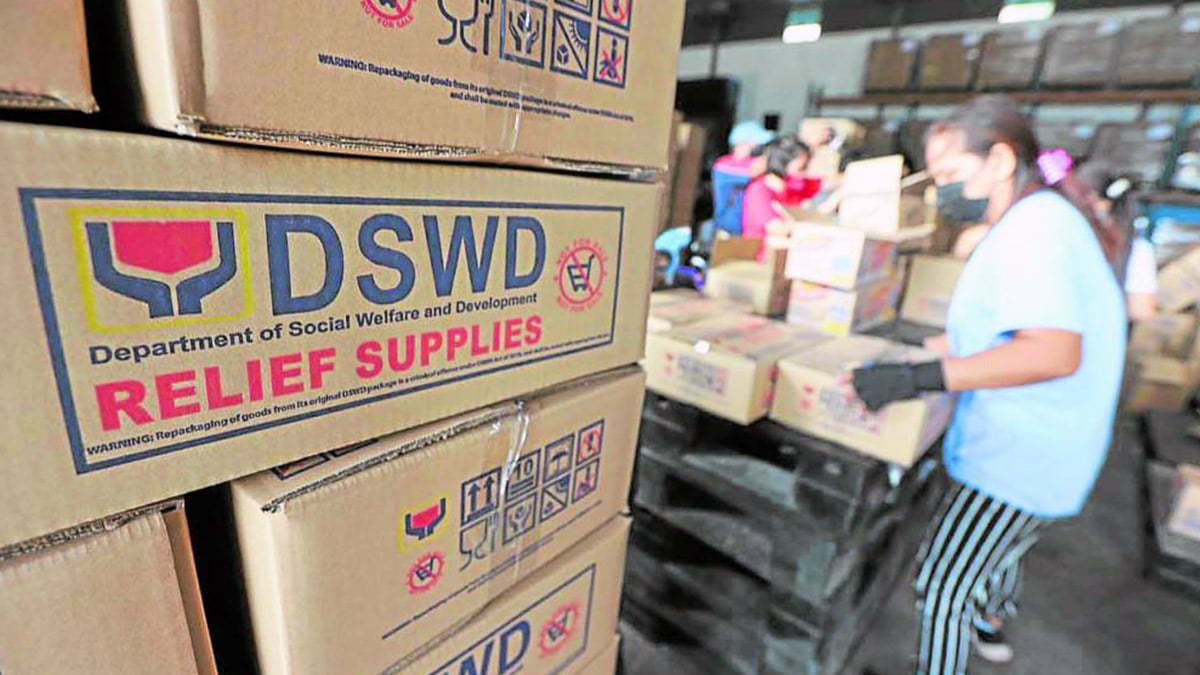Two Dead and Sixteen Injured in Malaysia Tour Bus Crash: Here's All You Need To Know - Travel And Tour World
Thursday, July 3, 2025

A tragic bus crash in southern Malaysia has raised significant concerns about road safety, especially for tourists. Two individuals were killed, and 16 others injured after the tour bus they were traveling on collided with two trucks near the town of Ayer Hitam, roughly 250 kilometers southeast of the capital, Kuala Lumpur. The crash occurred on Thursday, July 3, 2025, and is the second serious accident involving a bus in the country in less than a month. As Malaysia continues to be a popular destination for international tourists, incidents like this put a spotlight on the safety of transportation systems, particularly for those relying on bus travel for local tours.
The victims in this latest accident were both Indonesian nationals. They were among the 28 people aboard the tour bus, which collided with a Volvo truck and a tanker lorry. Fire and rescue officials confirmed the deaths at the scene and reported that 16 others, including the bus driver, were injured and taken to nearby hospitals. Fortunately, 28 passengers were unharmed. The cause of the crash remains unclear, but it highlights ongoing concerns about road safety on Malaysia’s often dangerous roads.
Tourism is one of Malaysia’s most important industries, contributing significantly to the national economy. However, incidents like the one near Ayer Hitam can have far-reaching consequences, not only for those directly involved but for the broader tourism sector. Malaysia’s popularity as a travel destination, especially for visitors from neighboring countries like Indonesia, could be impacted if tourists begin to question the safety of local transportation services.
Tour buses are a common mode of transport for tourists visiting multiple cities and attractions in Malaysia. From sightseeing tours in Kuala Lumpur to exploring the tropical landscapes of Langkawi, tourists often rely on buses to navigate the country. However, the recent accident, combined with a previous bus crash in northern Malaysia last month that resulted in 15 fatalities, could create hesitation among tourists who are now more aware of the risks involved in long-distance bus travel.
As a result, Malaysia’s tourism authorities may need to take swift action to restore confidence in the country’s transport systems. This could include stricter regulations for bus operators, better enforcement of seatbelt usage, and enhanced safety training for drivers. Furthermore, it may require better communication and public assurance from the government to demonstrate that efforts are being made to mitigate such accidents and improve overall safety.
Malaysia has long struggled with a high rate of traffic accidents, and the tourism sector is not immune to this crisis. As the country continues to attract millions of visitors annually, addressing road safety has become a critical issue. Following the crash in Ayer Hitam, as well as the previous fatal accident involving university students, Malaysia’s road safety officials have ramped up efforts to enforce seatbelt usage for buses traveling long distances.
Despite these efforts, incidents like the one in Ayer Hitam indicate that more work needs to be done. International tourists, particularly those from countries with stricter road safety standards, may view these incidents as red flags. Malaysia’s Ministry of Tourism and Culture, along with other governmental agencies, may need to collaborate on further safety initiatives, including enhancing public transportation infrastructure, improving road conditions, and implementing more stringent safety protocols for all vehicles used in the tourism sector.
Such efforts could help mitigate the potential negative effects of these accidents on tourism. However, these tragedies also raise questions about the broader impact on Malaysia’s reputation as a safe and welcoming destination for travelers.
The tragic bus crash in Ayer Hitam, coupled with the earlier fatal accident in northern Malaysia, has cast a shadow over Malaysia’s tourism sector. But it also presents an opportunity for the government and tourism authorities to take concrete steps to improve road safety and ensure that tourists can travel with confidence. Restoring public trust in the country’s transport systems will require a multi-faceted approach, including improvements in vehicle maintenance, driver training, enforcement of safety regulations, and the development of safer, more efficient transportation options.
For Malaysia’s tourism industry to thrive, the government must continue to focus on ensuring that tourists’ safety is a top priority. This includes working closely with local and international travel companies to establish robust safety standards for tour buses and other transportation services. While these efforts will not eliminate all risks, they can play a significant role in restoring tourists’ confidence in the country’s ability to provide safe and enjoyable travel experiences.
As Malaysia works to overcome these challenges, the tourism sector must also embrace innovation in transport safety, such as the implementation of technology to track driver behavior and vehicle conditions. By investing in these technologies and enforcing stronger regulations, Malaysia can move towards becoming a safer, more reliable destination for travelers, ensuring that tourism continues to flourish despite these setbacks.
: Ministry of Tourism, Arts and Culture of Malaysia, Royal Malaysia Police, Malaysian Ministry of Transport
«Enjoyed this post? Never miss out on future posts by following us»
Tags: Ayer Hitam, Ayer Hitam crash, Kuala Lumpur, langkawi, malaysia, Malaysia tour bus crash, Malaysia tourism, Malaysia tourism safety, Malaysia traffic accidents, Malaysian Ministry of Tourism, Malaysian Ministry of Transport, Malaysian road safety, Royal Malaysia Police, southeast asia, tourism safety in Malaysia










